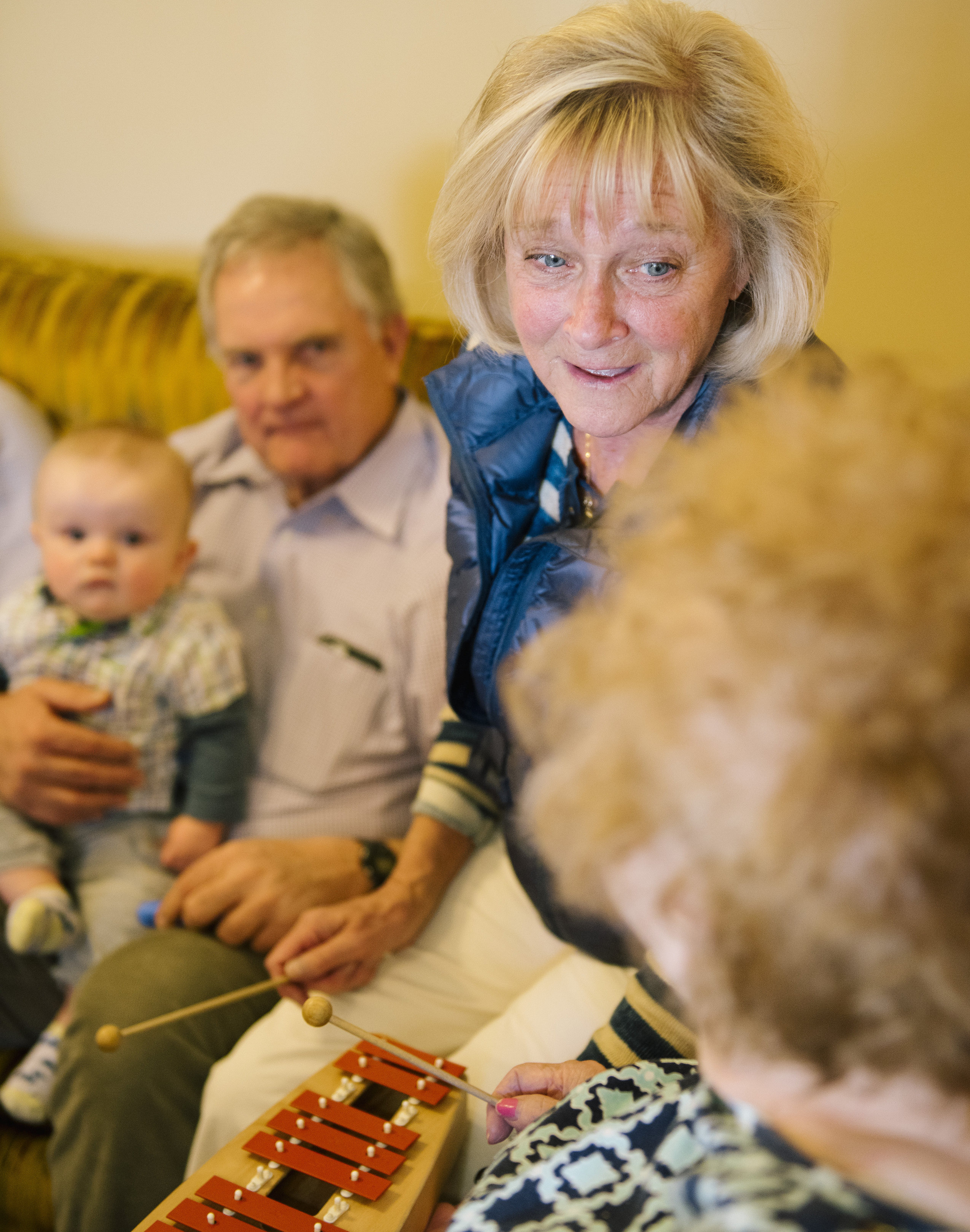Using Music Therapy to Balance Emotional Processing & Psycho Education
When the head and the heart work together in music therapy, amazing things can happen!
I recently attended the Grief and Loss Training provided by the Center for Music Therapy in End of Life Care. Dr. Russell Hilliard was the instructor, and he flooded us with valuable information and beautiful learning moments unlike anything I’ve ever experienced. I learned in depth about the grief process for children, adolescents and adults, and how to use music therapy to help those who are grieving. Through the sharing of personal experiences and role plays, I personally felt my own version of the depth of grief, and felt the healing power of music in experiencing and working through those emotions.
I could talk for hours about the concepts I learned and the things that I felt, but the biggest takeaway that has been on my mind for 3 weeks following the course is the idea of “head space” and “heart space”.
To put it simply, I learned that effective therapy and true healing comes when someone feels deep emotion (heart space), and combines it or follows it up with thought and cognition (head space). I could talk until I’m blue in the face about the stages of grief, the tasks of mourning, and the fact that healing does come following the death of a loved one—but until someone feels the associated emotions for his/herself, it doesn’t mean much. And on the other side of the coin, I could work with someone who is in the depth of emotion and stuck in intense grief for hours—but until I am able to bring them from the intensity of the heart space up to present thought and concepts in the head space, he/she will likely be unable to function in the day to day.
As I’m writing this, I feel that the concept may be abstract for any who have not directly felt what I’m talking about (heart space), so let me try to illustrate it with one of my experiences from the training.
During one of our role plays I sat in as a hypothetical parent who had lost a child. Because I am a mother of three young children, the idea of losing a child was scary and tangible. As our mock session began I felt that I would at least be able to hold myself together as I put myself into this role. And I did—until the music began. The therapist sang “See You Again” by Carrie Underwood, and I was immediately taken into the mindset of a mother who would wake up in the morning and not have her child to hold and kiss and teach throughout the day. I felt a depth of emotion and mourning that I had not anticipated, but that was a beautiful opportunity for learning and growth. As I experienced that pain of loss, I realized how powerful the music was in opening up my heart and emotion and bringing me to a place of tenderness, vulnerability, and complex emotion.
It was difficult to be in that space. As we processed, I wondered how I would come out of that depth and feel hope (in my hypothetical situation, of course). What brought me out was a chance to let some of that focus move from my heart up to my head, and that came through psychoeducation.
Psychoeducation is when a therapist teaches the client about symptoms, treatment, and resources related to their condition or experience. In the case of grief and loss, it may involve teaching about the tasks of mourning, identifying the stages of grief, or explaining that simply hearing other people’s experiences can bring hope and lead to healing (HOPE=Hearing Other People’s Experiences). Changing gears to psychoeducation begins to gently bring the energy from the heart and move it up to the head. It offers a sense of relief, a feeling of hope that one won’t always feel this heaviness, and at the same time validates the experience and emotions by teaching that those feelings are normal and giving resources on how to cope with them.
In my own experience, when we started to shift gears from the emotionally charged music and processing time, I felt like there was a release of pressure in my chest as my brain kicked into gear. I envision a dam that was about to burst, and then it found a pathway to flow some of the energy into my head. It felt good, and it gave me hope that healing would happen in time. Again, this was all in my own state of empathy and not actual personal experience, but boy was it powerful. The fact that I entered into those emotions and felt the process for myself was the most valuable part of the entire training. It was indescribably beautiful.
As I’ve reflected on this experience, I have found many applications of how the head and heart are involved in therapy, and how a combination of music therapy and psychoeducation can be powerful catalysts for healing. Stay tuned for more insights on the topic!

